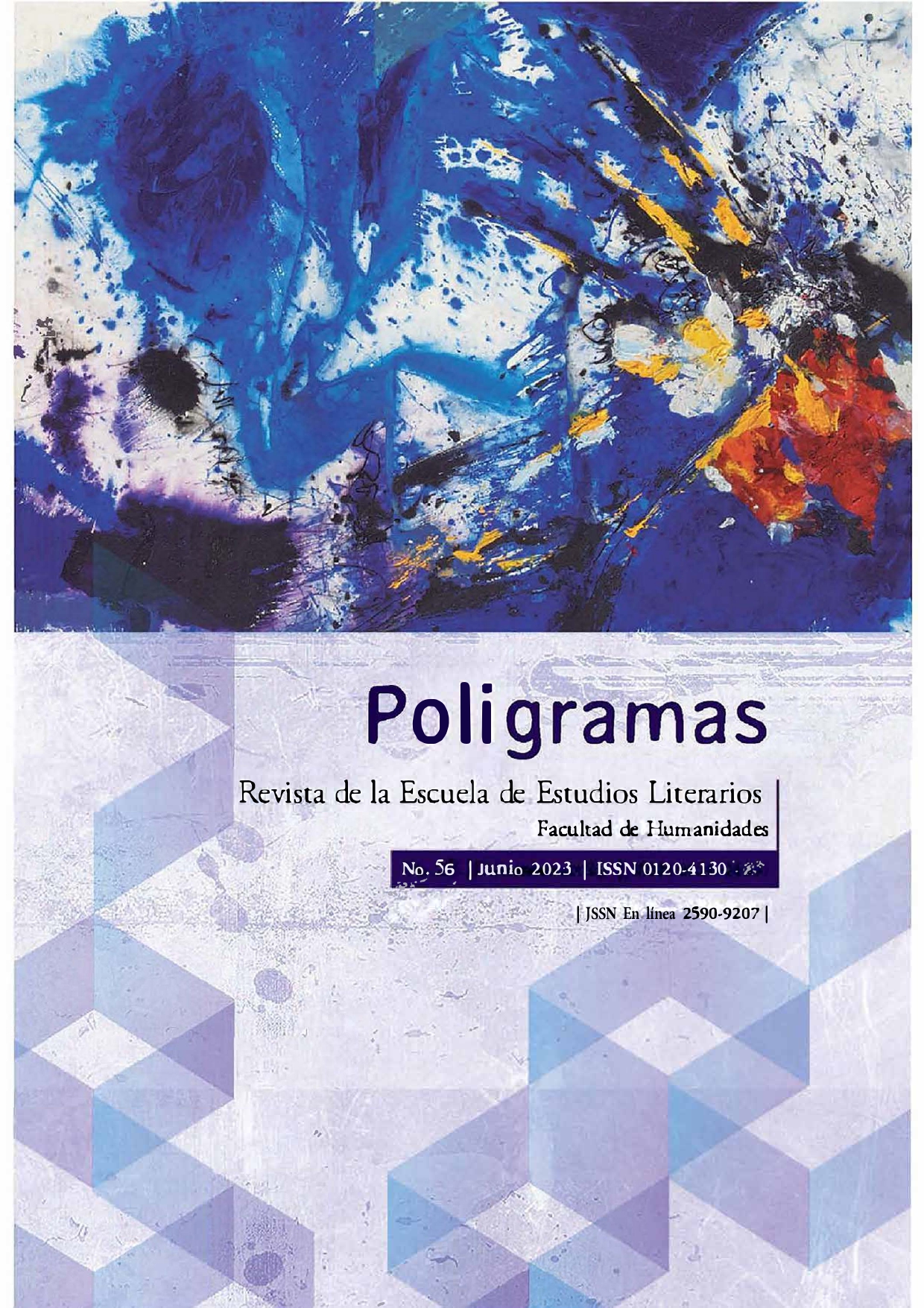Eroticism and significance in the narrative of Felisberto Hernández
Main Article Content
The atypical narrative of Felisberto Hernández (1902-1964), marked by divergence and ambiguity, also establishes a unique relationship with desire, in many ways opposed to the common ingredients of the erotic story. Caricature-like and even ominous features can arouse a sensual and transgressive appetite– an obsession that reaches objects –in the main narrator of his short stories, always under the cloak of amphibology and curiosity. It is our intention to highlight this aspect of his writing by means of a detailed survey of the figurations of desire throughout his entire work to, and then to focus on a short story that exceeds and culminates his particular siege on eroticism: “Ursula”.
- writing
- desire
- eroticism
- procedure
- Felisberto Hernández
Bataille, Georges. El erotismo. Buenos Aires: Sur, 1960.
Blanchot, Maurice. “La literatura y el derecho a la muerte.” En De Kafka a Kafka. Buenos Aires: Fondo de Cultura Económica, 1993.
Bergson, Henri. La risa. 1899. Buenos Aires: Losada, 2003.
Díaz, José Pedro. “Felisberto Hernández: una conciencia que se rehúsa a la existencia.” Prólogo a Felisberto Hernández: Tierras de la memoria. Montevideo: Arca, 1965.
Echavarren, Roberto. El espacio de la verdad: Práctica del texto en Felisberto Hernández. Buenos Aires: Sudamericana, 1981.
Kristeva, Julia. “El sujeto en cuestión: el lenguaje poético.” En Claude Lévi-Strauss, Seminario: La identidad. Barcelona: Petrel, 1981.
Lacan, Jacques. “La instancia de la letra en el inconsciente o la razón desde Freud.” En Escritos I. 1966. México: Siglo XXI, 1979.
Lespada, Gustavo. Carencia y literatura: El procedimiento narrativo de Felisberto Hernández. Buenos Aires: Corregidor, 2014.
Lespada, Gustavo. “Erotismo, memoria, escritura: El caballo perdido de Felisberto Hernández.” En Felisberto: Edición homenaje de la Revista de la Biblioteca Nacional del Uruguay, no. 10, 2015, pp. 193-215. Montevideo.
Downloads

This work is licensed under a Creative Commons Attribution-NonCommercial-ShareAlike 4.0 International License.





